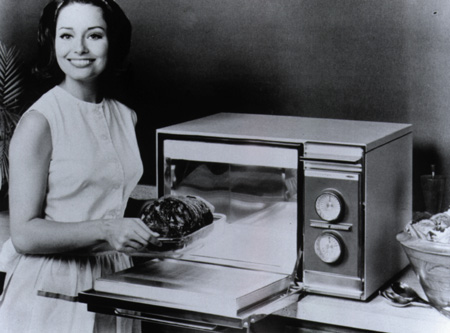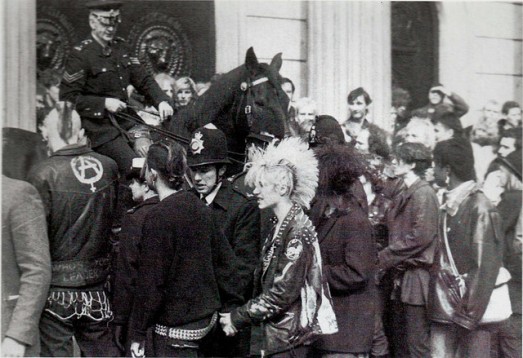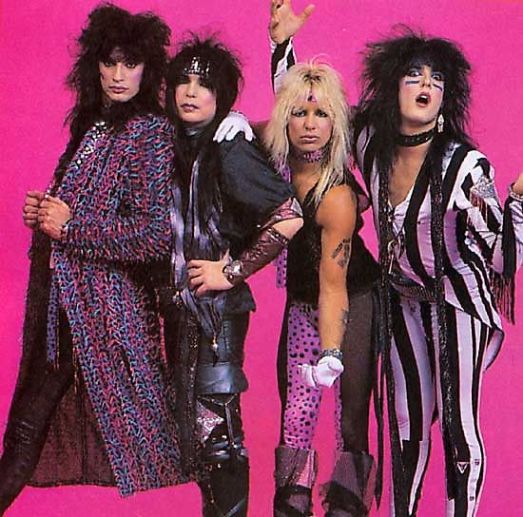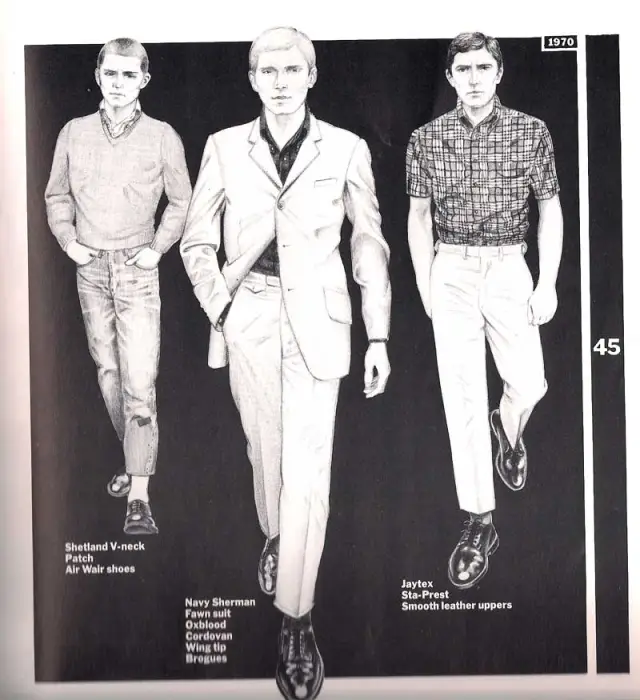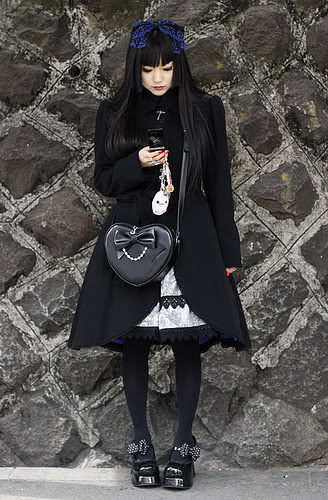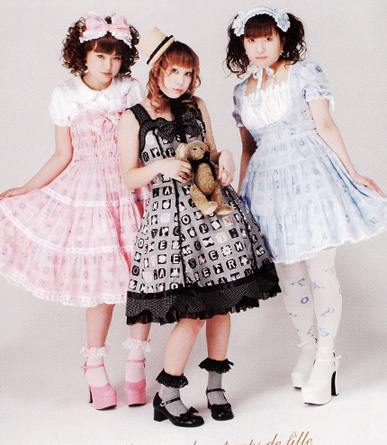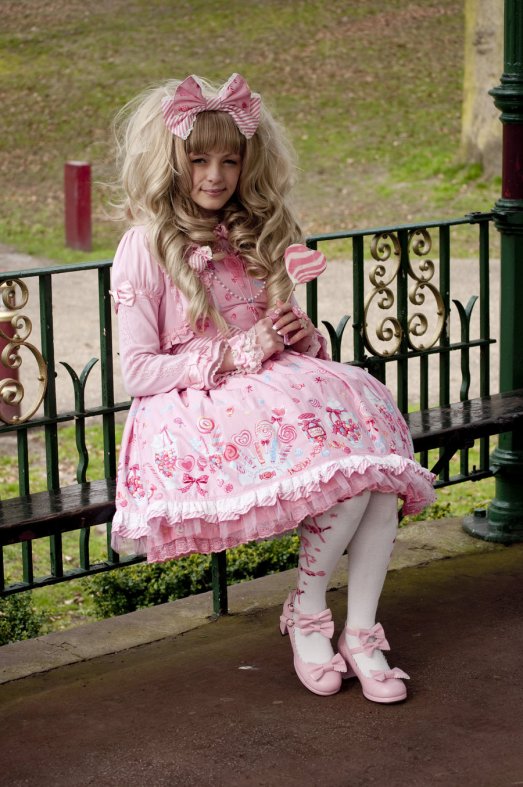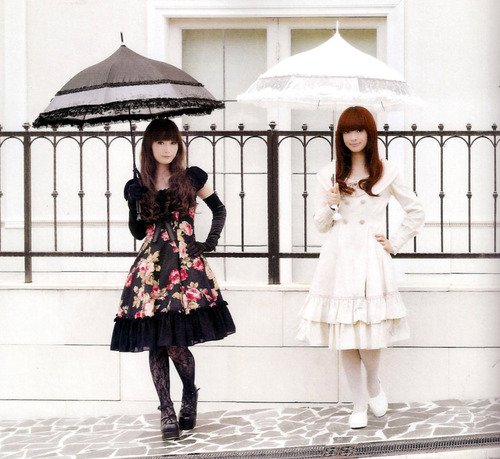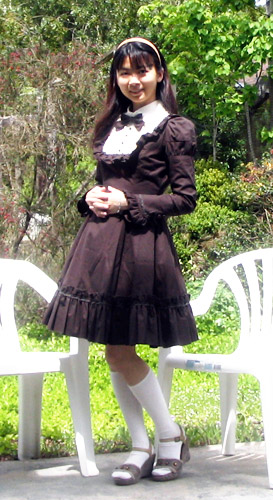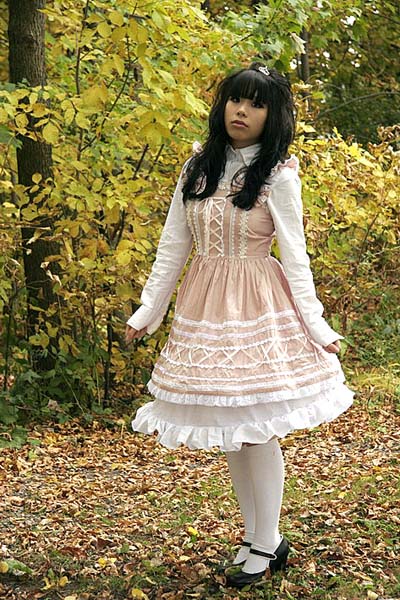Overview on the 70s
The 70s decade was the year that saw the conservative party win the 1979 election under Margaret Thatcher leadership, Thatcher was the first female prime minister in the UK. It was also the decade that experienced the oil crisis of 1973 and energy crisis of 1979 which led to a minor recession.
The 70s was the era that the Vietnam War ended however the decade witnessed the most prominent terrorist attacks including that of the decade The Munich massacre in which eleven Israeli athletes were murdered in 1972.
The most notable natural disasters of the decade included the Bhola cyclone of 1970, Tangshan earthquake of 1976 and the 1974 Bangladesh famine.
Scienetific and Techonological advances of the 70s
The decade saw the development of the theory ‘black holes’ by Professor Stephen Hawking. Since President John F Kenndey’s goal of landing on the moon by the end of the 60s decade was achieved in 1969 most people lost interest in further space missions by the 70s, however China entered the space race by launching a satellite in 1970, Japan soon followed by launching a satellite in 1972 for the first time. The science ‘space’ world would soon establish the European Space Agency.
The most notable technological advances of the 1970s were the invention of the Sony Walkman which was built in 1978. The floppy disk which was invented by IBM was commercially available by 1971, that same year saw the first email transmission which was a breakthrough.
The 70s was also the decade that saw microwaves, scientific calculators, cassette recorders and VCRs become available to the masses, it also saw the breakthrough of fibre optics which changed the communication world forever.
Fashion of the 70s
The fashion scene in the 70s were highly influenced by the film and music industry and the hippie subculture, popular garments of throughout this decade included the Bell bottom trousers, turtleneck shirts, and the three-piece suit which was popularised by the 1977 movie Saturday Night Fever starring John Travolta.
The 70s witnessed the return of sideburns and beards which were out of style for a long time, the large round afro was also popular among African-American people. Other key items of the 70s included the platform shoes and leisure suites.
Subcultures of the decade
Teddy boys and Girls
The teddy boys were a British subculture that emerged during the 1950s in London. The teds fashion style was characterised by tailored clothes worn during the Edwardian period by the dandies style which Savile Row tried to re-introduce in Britain after the World War II. The subculture was linked with American Rock and Roll that emerged during the late 1940s and early 50s. Popular teds clothes included long jackets, tapered trousers and waist coats.
Hip Hop
Hip hop was an artistic subculture that originated in Bronx, New York City in the 70s. The term ‘hip-hop’ refers to the rap music in which words are spoken rather then sung. The hip hop subculture was often integrated with graffiti and break-dancing.
Punk Rock
Punk rock was a genre in rock that developed between 1974-76 in the UK, American and Australia.
Glam Rock
Glam rock also known as ‘glitter rock’ developed in the UK in the early 70s, glam rock is a styles of rock and pop music. Glam rock artists were characterised by their outlandish outfits, make up, clothes and hairstyles. Glam rock peaked during the mid-70s and was supported by artist such as Gary Glitter, David Bowie and many more. Glam rock witnessed a decline in popularity during the second half of the 70s.
Suedehead
The suedeheads were an outshoot of the skinheads, the subculture emerged during the early 1970s in UK. In contrast to the skinheads, the suedeheads were distinctively characterised by their use of formal clothing which include suits, brogues, loafers, ‘crombie-style’ overcoats. The suedehead shaven heads were similar to that of the skinheads however they grew it slightly longer other similarities to the skinheads include their interests in reggae and jamaican ska music.
Japanese subcultures: Lolitas
Lolitas is a japanese fashion subculture based on the victorian era, it emerged in the late 70s. It has been said that the lolita subculture was created as a reaction against exposure of the body in mainstream society and it aimed to remove objectification terms on women such as ‘sexy, hot’ instead replacing them with ‘cute, elegant’. The term lolita derives from a Portuguese word. Key Lolita fashion items include knee length skirts and dresses with a ‘cupcake’ like shape, corsets,blouses, headdresses, knee high socks and stockings. There are various Lolita styles including that of the gothic lolita characterised by the dark make up and clothing, sweet lolita which ops for classic lolita silhouettes in lighter colours (pastel colours) alongside childlike motifs integrated within the design and finally punk lolita which takes elements from punk fashion such as safety pins, tartan fabric, chains and plaid and incorporate s it within the lolita look.
Gothic Lolita
Below are some examples of gothic lolitas.
Punk Lolita
Below are examples of punk lolitas.
Sweet lolita
Here are some examples of sweet lolitas.
Classic Lolita
Finally here are some examples of the classic lolita.
Weekly presentations
presentation on subcultures in the 1970s
References
Depletedcranium.com (2009) Depleted Cranium » 2009 » April. [online] Available at: http://depletedcranium.com/2009/04/ [Accessed: 17 Feb 2012].
Earthquake.usgs.gov (1976) Historic Earthquakes. [online] Available at: http://earthquake.usgs.gov/earthquakes/world/events/1976_07_27_eib.php [Accessed: 17 Feb 2012].
Images.mitrasites.com (1974) Images of Bangladesh Famine of 1974 – Mitra Images :: Image Resources On The Net. [online] Available at: http://images.mitrasites.com/bangladesh-famine-of-1974.html [Accessed: 17 Feb 2012].
Jewishvirtuallibrary.org (1972) The Munich Massacre. [online] Available at: http://www.jewishvirtuallibrary.org/jsource/Terrorism/munich.html [Accessed: 17 Feb 2012].
News.bbc.co.uk (2011) BBC ON THIS DAY | 4 | 1979: Election victory for Margaret Thatcher. [online] Available at: http://news.bbc.co.uk/onthisday/hi/dates/stories/may/4/newsid_2503000/2503195.stm [Accessed: 17 Feb 2012].
Schoolworkhelper.net (1960) Overview of the 1960`s: Civil Rights & Vietnam | SchoolWorkHelper. [online] Available at: http://schoolworkhelper.net/2011/05/overview-of-the-1960s-civil-rights-vietnam/ [Accessed: 17 Feb 2012].
Schoolworkhelper.net (1960) Overview of the 1960`s: Civil Rights & Vietnam | SchoolWorkHelper. [online] Available at: http://schoolworkhelper.net/2011/05/overview-of-the-1960s-civil-rights-vietnam/ [Accessed: 17 Feb 2012].
Sodahead.com (2012) Why were gas prices under President Bush “controllable”, but now under Obama “not his fault?”. [online] Available at: http://www.sodahead.com/fun/why-were-gas-prices-under-president-bush-controllable-but-now-under-obama-not-his-fault/question-2564947/?link=ibaf&q=fuel+crisis+70s&imgurl=http://arttattler.com/images/NorthAmerica/Canada/Montreal/Canadian%252520Center%252520for%252520Architecture/Out%252520of%252520Gas/01-OIL_0051R.jpg [Accessed: 17 Feb 2012].
Thecomingcrisis.blogspot.co.uk (2011) The Coming Crisis: Sep 29, 2011. [online] Available at: http://thecomingcrisis.blogspot.co.uk/2011_09_29_archive.html [Accessed: 17 Feb 2012].
We-make-money-not-art.com (1973) Sorry, Out of Gas: Architecture’s Response to the 1973 Oil Crisis – we make money not art. [online] Available at: http://we-make-money-not-art.com/archives/2009/08/sorry-out-of-gas-architectures.php [Accessed: 17 Feb 2012].





















